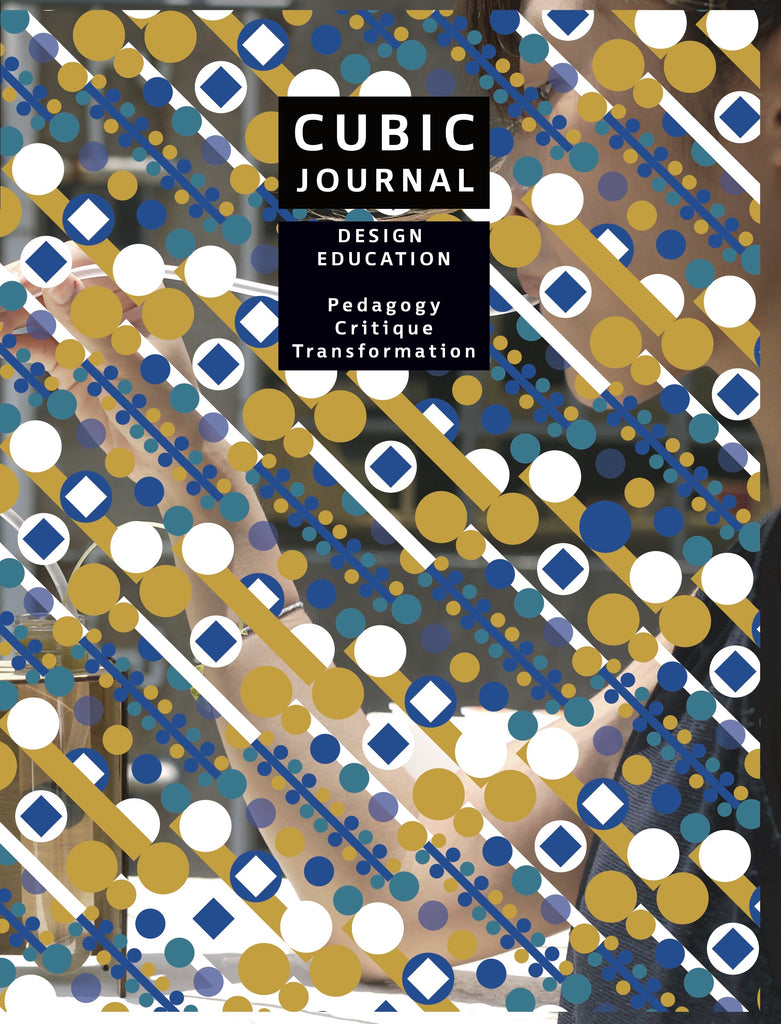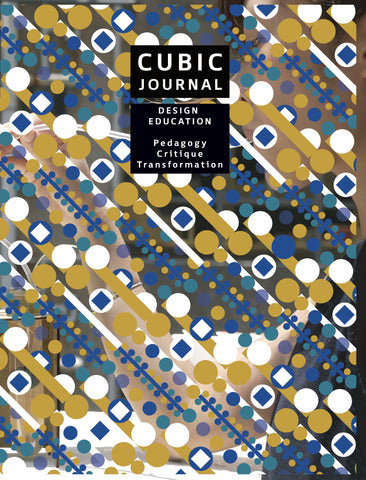Your cart is currently empty!
Theory
CUBIC JOURNAL issue #4 Design Education
+++Pedagogy - Critique - Transformation+++
+++Jae-Eun Oh & Francesco Zurlo [eds.]+++
978-94-92852-28-1
Daniel Echeverri
128
20 x 26.5 cm
Softcover
English
Release date: Fall 2021
Copy editor: Nora Yong
Published in cooperation with The Hong Kong Polytechnic University, Environmental & Interior Design, School of Design. Published with the support of The School of Design, The Hong Kong Polytechnic University and The Cubic Research Network.Cubic Journal is a peer-reviewed journal, published in conjunction with Cubic Society and the Cubic Research Network as an academic platform aimed at the dissemination of design-related research.
Operating from within The Hong Kong Polytechnic University School of Design, the platforms aims to draw together global scholars in order to generate, exchange and discuss contemporary questions within the pursuit of advancing knowledge through and within a number of design disciplines.
How can technological development today help studio-based learning take place in virtual space? Can technologies transform and reform design education? Can online learning replace face-to-face tutorials across different disciplines within design education? And how should design educators adapt to the new direction this era is facing?
How has technology empowered us, and what has it taken away from us? What has it done to enhance our learning and teaching methodologies? How are teachers using technology to guide students in their teaching and learning experience? How can we help students engage in meaningful learning? How has technology transformed our education scenes, and how might it affect our education scene in the future? How can design deal with the dematerialization of education? How does design education change in contextual settings? How can educators help students become more aware of these changes, specifically in design education? How do we educate our students with the mindset of transformation and reformation? To get answers to these questions the editors of this issue compiled contributions from a wide range of design educational sectors.
+++
Pedagogy - Critique - Transformation
€25.00
CUBIC JOURNAL issue #4 Design Education
Pedagogy - Critique - Transformation
€25.00
978-94-92852-28-1
Daniel Echeverri
128
20 x 26.5 cm
Softcover
English
Release date: Fall 2021
Copy editor: Nora Yong
Published in cooperation with The Hong Kong Polytechnic University, Environmental & Interior Design, School of Design. Published with the support of The School of Design, The Hong Kong Polytechnic University and The Cubic Research Network.Cubic Journal is a peer-reviewed journal, published in conjunction with Cubic Society and the Cubic Research Network as an academic platform aimed at the dissemination of design-related research.
Operating from within The Hong Kong Polytechnic University School of Design, the platforms aims to draw together global scholars in order to generate, exchange and discuss contemporary questions within the pursuit of advancing knowledge through and within a number of design disciplines.
How can technological development today help studio-based learning take place in virtual space? Can technologies transform and reform design education? Can online learning replace face-to-face tutorials across different disciplines within design education? And how should design educators adapt to the new direction this era is facing?
How has technology empowered us, and what has it taken away from us? What has it done to enhance our learning and teaching methodologies? How are teachers using technology to guide students in their teaching and learning experience? How can we help students engage in meaningful learning? How has technology transformed our education scenes, and how might it affect our education scene in the future? How can design deal with the dematerialization of education? How does design education change in contextual settings? How can educators help students become more aware of these changes, specifically in design education? How do we educate our students with the mindset of transformation and reformation? To get answers to these questions the editors of this issue compiled contributions from a wide range of design educational sectors.












